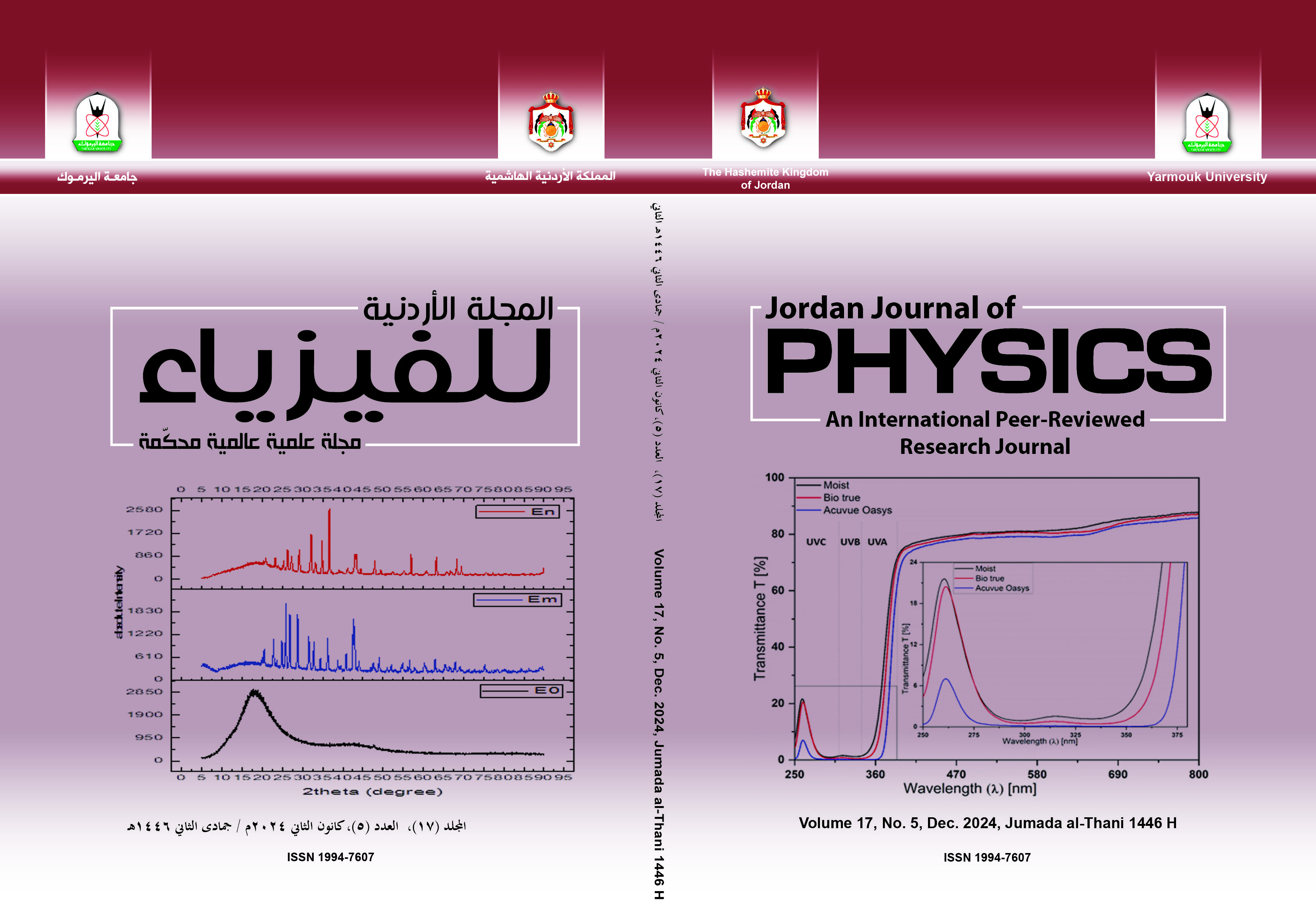Impact of Superficial Building Materials on Indoor Radon Level
Abstract
This study is undertaken to determine the activity concentration of 226Ra, 232Th, 40K and radon emanation coefficient of some superficial materials commonly used in dwelling for interior decoration. Eighty samples of four different materials were collected from local suppliers and analyzed, employing high resolution gamma-ray spectroscopy. Mean activity concentrations for 226Ra ranged from 18.5 Bq/kg in marble, 60 Bq/kg in granite, 67 Bq/kg in ceramic up to 164 Bq/kg in porcelain, while for 232Th it ranged from 12 Bq/kg in marble, 53 Bq/kg in ceramic, 54.5 Bq/kg in granite up to 64 Bq/kg observed in porcelain samples and for 40K ranged from the lowest value of 137 Bq/kg in marble samples up to the highest value of 1042 Bq/kg in granite samples. The mean activity concentrations of 40K obtained for ceramic and porcelain samples were 499 and 525 Bq/kg, respectively. Radium equivalent activity values for the materials examined were lower than the international recommended maximum value of 370 Bq/kg, except for two granite samples the values were found to be 433 and 565 Bq/kg. The annual indoor effective doses received by individual from the examined samples did not exceed the exemption dose criterion of 0.3 mSv. The results also show that all the examined materials, apart from granite, appear to have low radon emanation coefficients.
Keywords: Natural radioactivity; Radon emanation coefficient; Annual effective dose.


